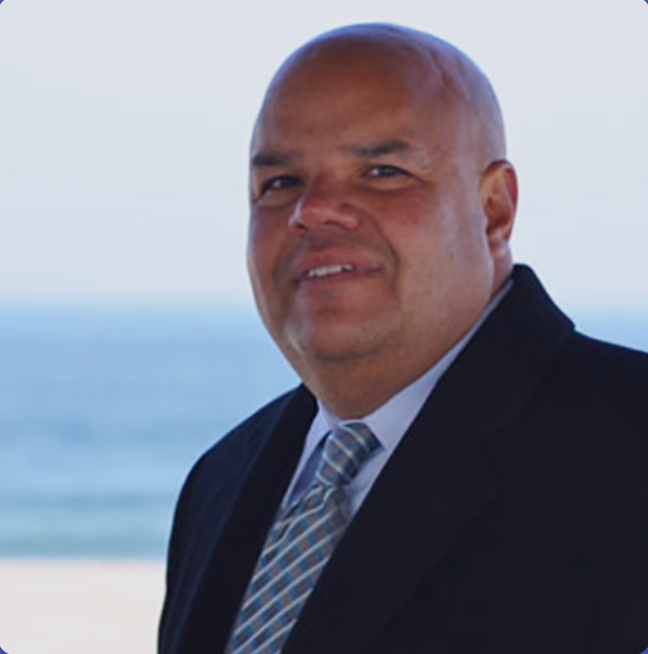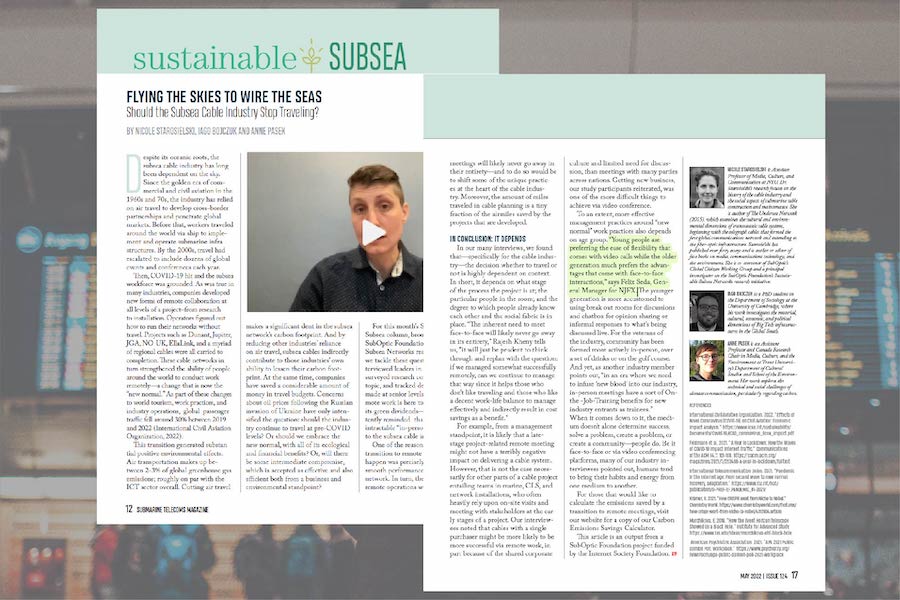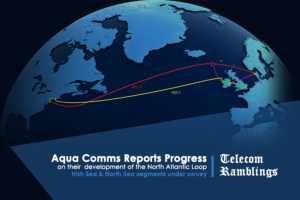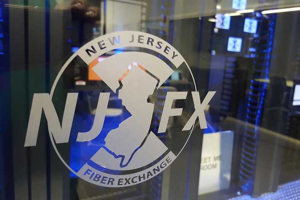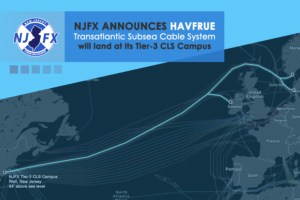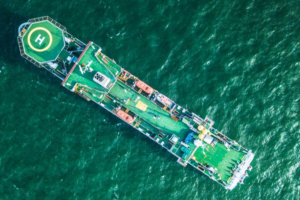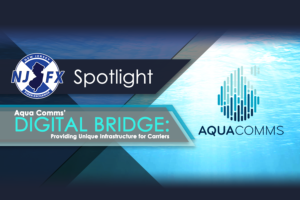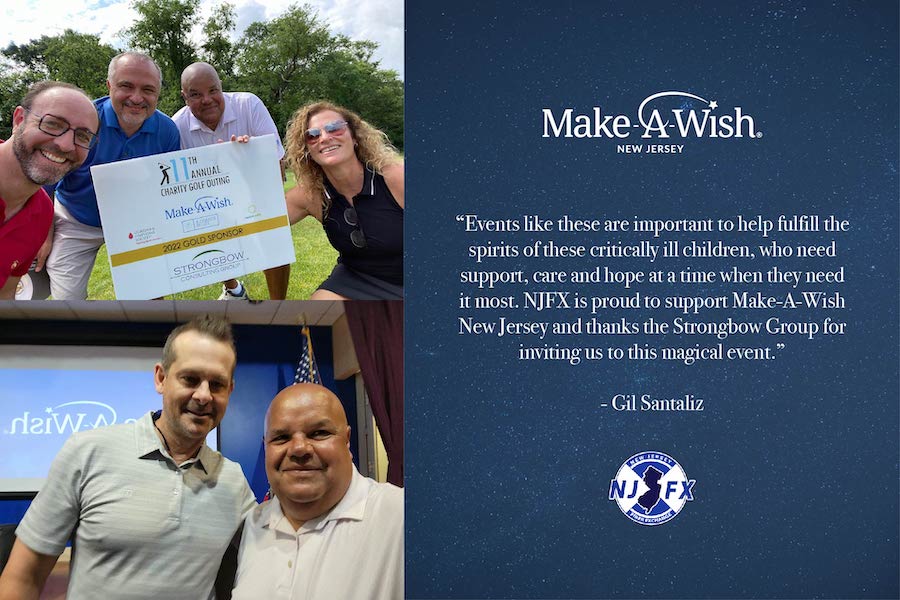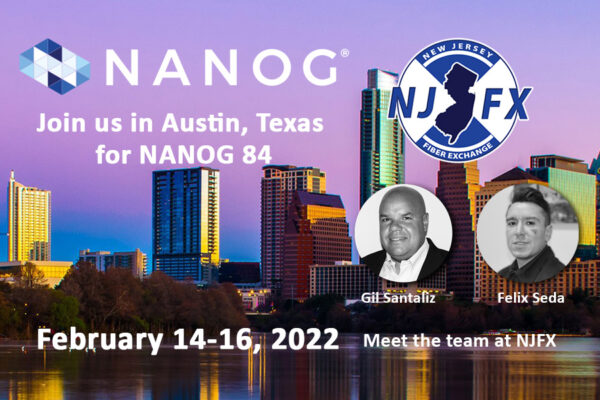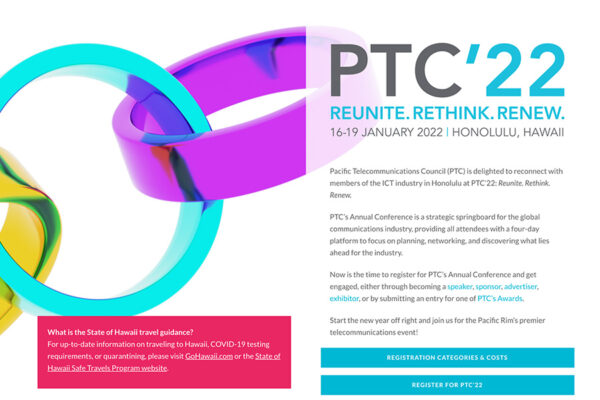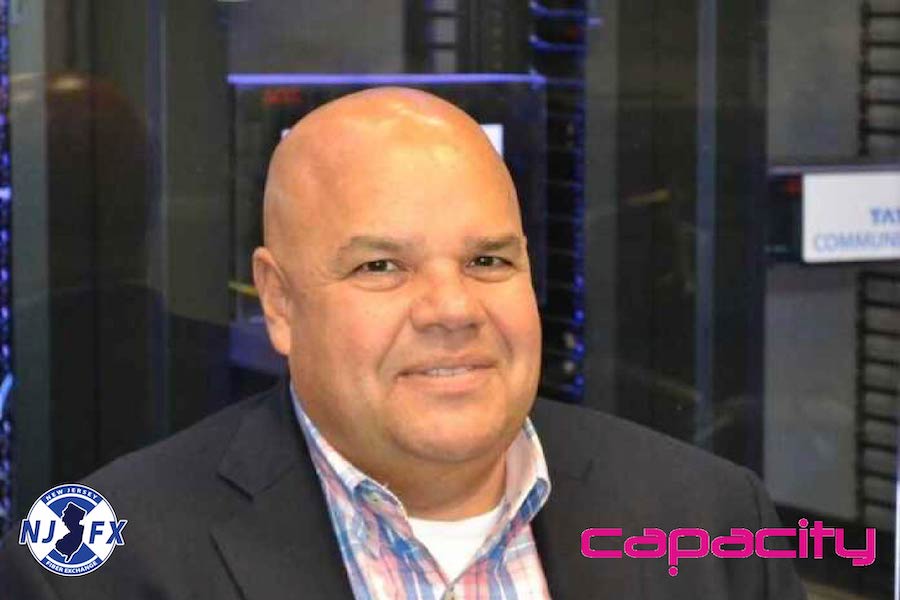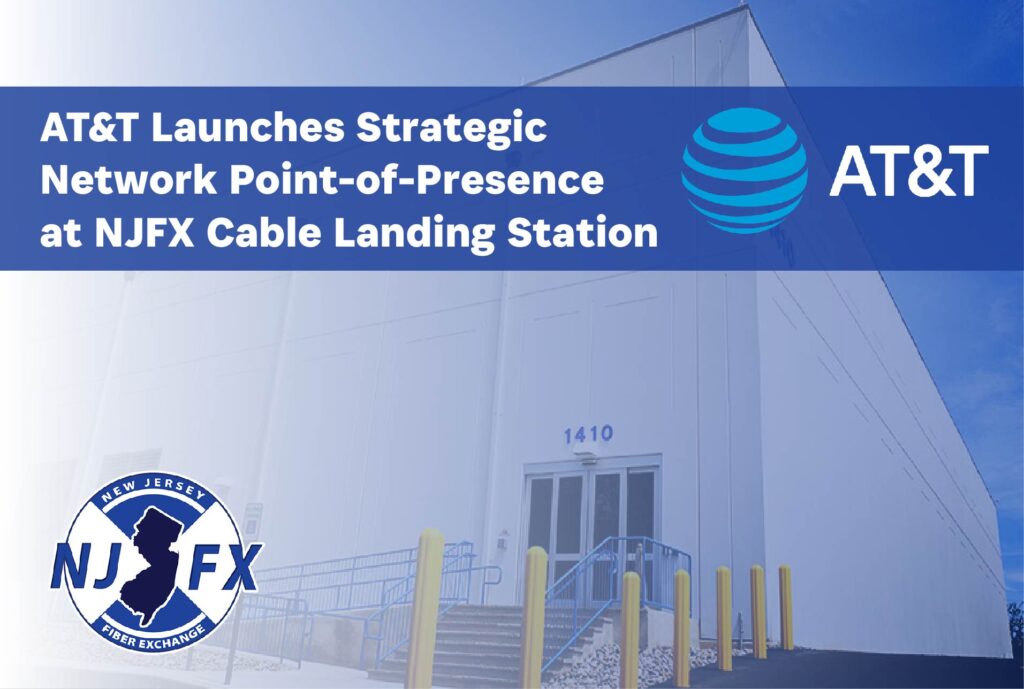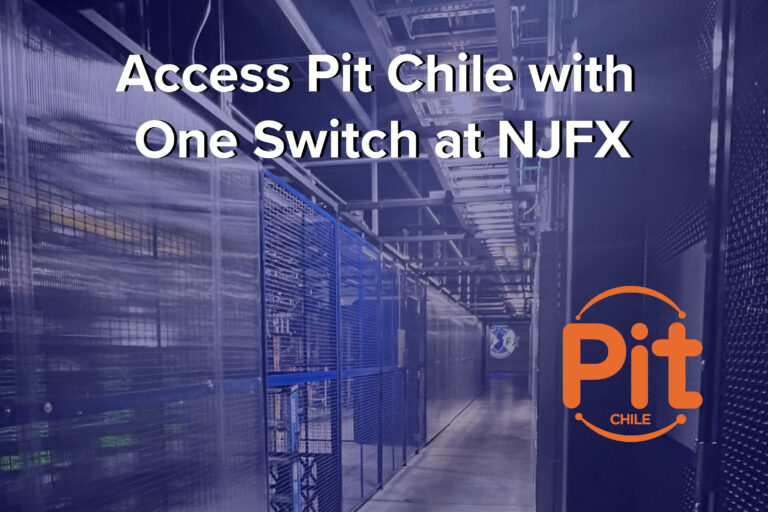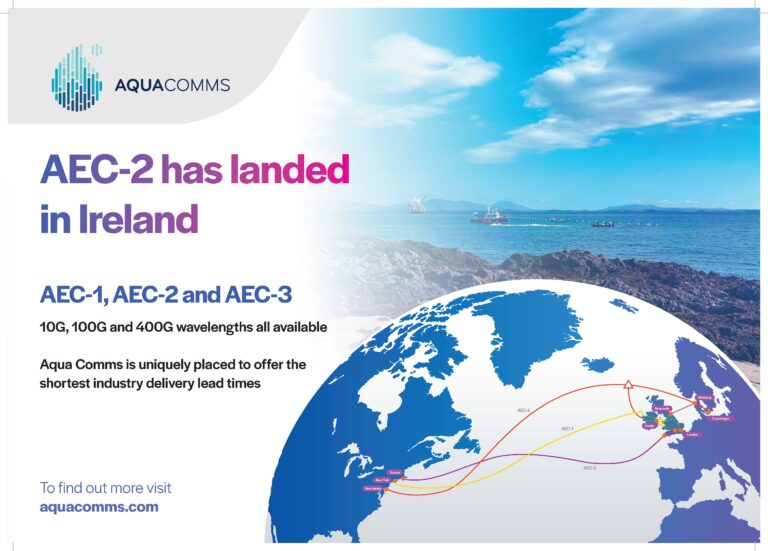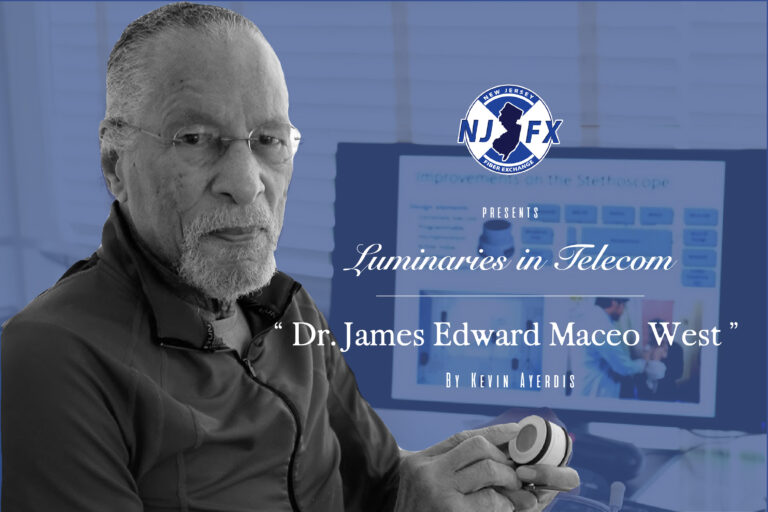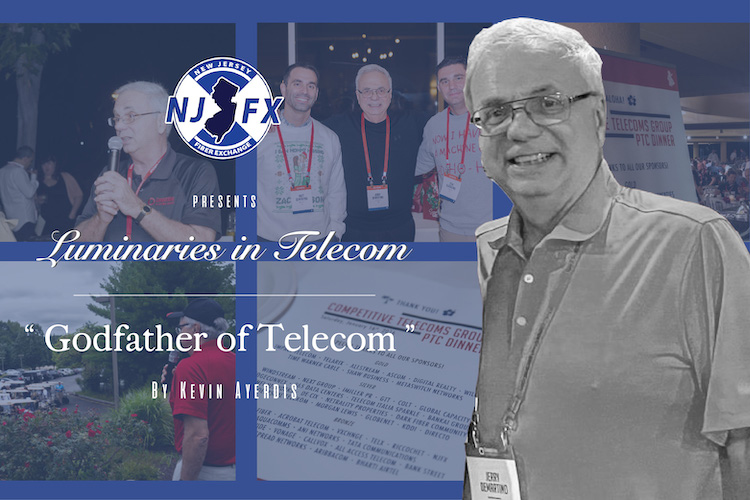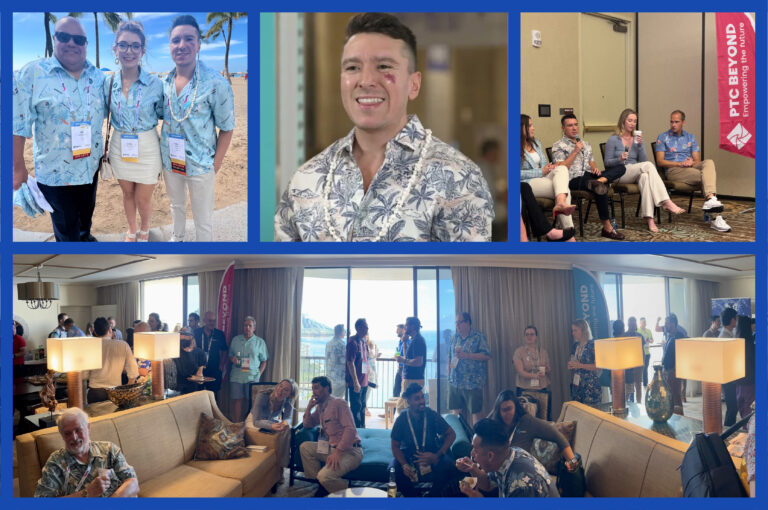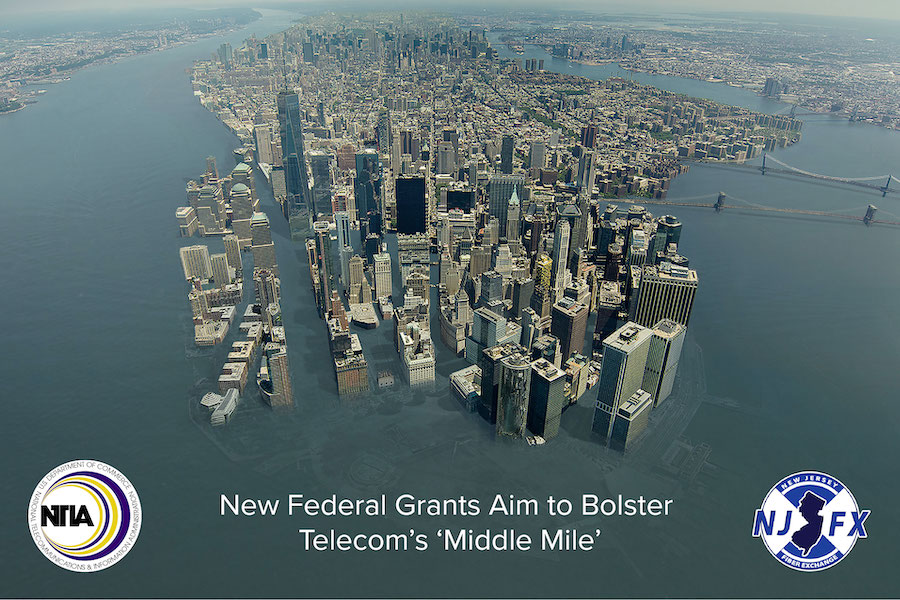WASHINGTON DC – As organizations start to return to in-person events like International Telcoms Week, a top-of-mind topic in the sector is the “war for talent” as leaders aim to engage and embrace new talent into the industry and encourage diversity and inclusion.
NJFX was one of many organizations that were represented at the table along with, Telstra, Sequential Tech, the United States Air Force, Exa, and a few other companies. The session featured how other companies in this industry are dealing with the upcoming challenges of the retirement cliff and shared key insights to plug the talent gap.
Tara Kristick, Vice President of Program Management, International Growth and Corporate Social Responsibility at Telstra, started the session by explaining how the Australia-based telecom giant is solving the challenges of the upcoming retirement cliff as many baby boomers reach retirement age.
“Telstra’s organization is having transparent conversations about their plans for retirement. The key is to have open conversations with your employees early in their careers. You should continue to have these conversations throughout their career, so you have a clear understanding of what their retirement plan is,” Tara told ITW attendees.
Tara mentioned how to attract new people into the workforce, specifically, women to level out the playing field. She lists three great key attributes that women look for when applying to companies:
- A workforce that offers flexibility
- A career that offers growth development
- Companies that participate in mentorship programs.
“There are many programs like Step into STEM, where you can become a mentor and get involved with high school students and help guide them to internships. If you start to attract the talent you need to effectively get a new generation into the industry, doing succession planning around the retirement gap and putting mentor programs into place,” Tara added.
Tara brought up great points about raising awareness about opportunities in the subsea industry. While conferences can bring attention to these issues about recruiting and retention, many of the attendees are the same faces from 20 years ago.
Noah Drake, President of the Americas at Telstra said the company is looking into universities and high schools to start mentorships and engage underserved communities in the industry.
Noah discusses a program based in Colorado called Career Connect that offers courses led by volunteered mentors getting them interested in projects, and supporting the applications that they find so valuable; Minecraft, TikTok, etc. The more we can interact with students about the industry the more we can alleviate the foreign concept. Now when students start to attend job fairs, they will recognize company names, and start to create familiarity, he said.
There are many programs that corporations can volunteer for and help educate young students, however, once they become a part of the ecosystem their chance of attending a conference is not very likely.
NJFX General Manager Felix Seda raises some good points about how young professionals do not have the opportunities to attend shows, educate themselves, and get a seat at the table.
“There are many young professionals in our industry who are not granted the opportunity to attend these events. Working with Pacific Telecommunication Council Advisory Board and Marketing to create a Buy One Get One Free Program, offering free registration to professionals thirty-five and under that will attend these shows that normally would not have a chance,” Felix said.
The veterans in the industry do not want to give up their seats at these shows.
“You need to have a seat at the table and be a part of these strategic conversations,” Felix added.
Stephanie Gilbert, Chief Commercial Officer at Sequential Tech proposed creating a volunteer committee to energize telecommunications conferences and diversify talent. The group leads the discussion on recruiting talent and what key skills, education, and experience companies are looking for when hiring. Stephanie asked ITW conference attendees at their session to raise their hands if their degree is related to their profession. Only two people raised their hands.
“You talk to people outside of the industry and everyone thinks you need to have an engineering background,” Felix said. “I do not have an engineering background, I studied Political Science and Public Policy & Law and I am doing anything related to that field, but you use all those skills to your advantage,” Felix said.
“There are many roles that you can explore within the subsea/telecom space such as business development, finance, and marketing,” Felix added. “There are many avenues that you can take, and this industry is so unique, vast, and consistently growing. I think this mindset is part of what we need to change in the recruitment process.”
Addressing ‘Complicit Bias’
One of the attendees raised a question about countering “complicit bias” – when executives turn a blind eye to addressing diversity in the recruitment process.
Stephanie responded, “I just recently went through the better part of last year interviewing and exploring opportunities on what I really want to do next. Through the process, I got exposure to what it was like as a woman of color to go through the recruitment process through large and small firms in this industry. It was really eye-opening to see that process unfold and where the opportunities came from and where they did not. In this industry people just tag each other in and out of jobs. There is no formal process, it is all word of mouth, and you are more likely to get it from that tag.”
NJFX CEO, Gil Santaliz adds, “I started my career at MCI in 1990 and we called it a University because we were all growing up together and it was a young environment. I still have these friendships today in the industry in many different forms and it does seem like a club that you need to be invited to. If you are a person of color or female you need to recruit others to join you and support their growth and mentor them. Once they move on to a new position, keep in touch and think about long-term relationship.”
When thinking about the interview process, we want to think about how we can avoid complicit bias and make sure we are not just checking a box on the interview process or tagging someone in.
“We want to remove any bias and the first step is to be aware that you have bias,” Tara said. “Take a breath before you go into the interview and think of the three common things that can happen. There is attraction bias where a person looks good and sounds good, so they must be good. Second, there is an infinity bias, you went to the same college or grew up in the same town, and we have those similarities so we must be alike. Lastly, you have confirmation bias, assumptions in your head about answers you are looking for and if they are not following that path if you want to say you start to tune them out.”
Stephanie mentioned how recruiters can use blind resumes – removing names or identifiers, such as sports, that might give an indication if candidates are male or female. People from other countries will give them an American nickname on LinkedIn so recruiters would give them callbacks. There is a lot of bias around that, and we need to be thoughtful when going through the process, Stephanie said.
###
About NJFX
NJFX is a Tier 3 Carrier Neutral Cable Landing Station campus. Our colocation ecosystem has expanded to over 35 network operators offering flexibility, reliability, and security. Our Wall, NJ location provides direct access to multiple subsea cable systems giving our carriers diverse connectivity solutions and offers direct interconnection without recurring cross-connect fees.
